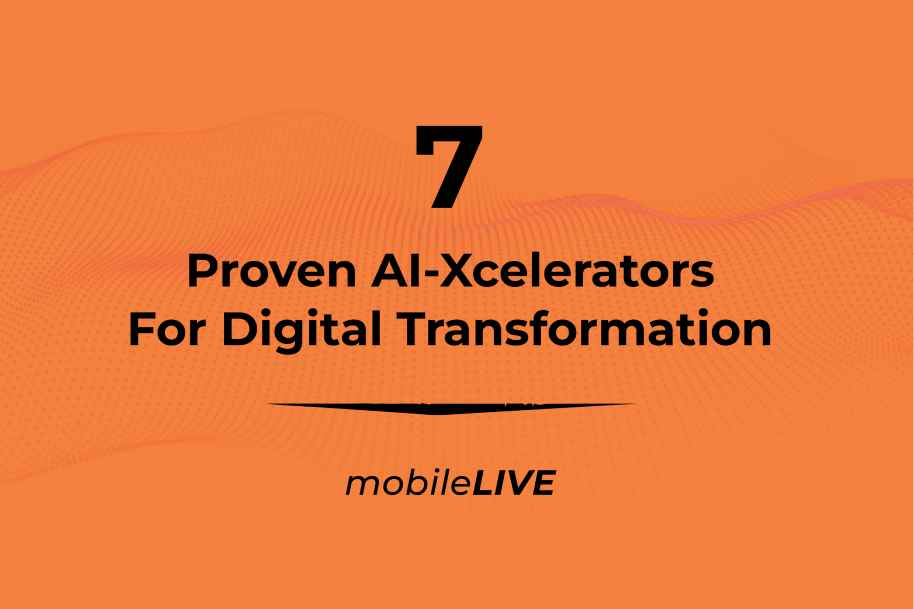
Masterclass
@ Collision
These AI-Xcelerators are transforming
Effort Estimations
This feature automates the conversion of Business Requirement Documents (BRD) into detailed Work Breakdown Structures (WBS) with associated effort estimations. By employing AI and machine learning models, this system analyzes BRDs and generates comprehensive WBS documents, complete with time and cost estimates, based on extensive historical project data and internal datasets. This feature significantly reduces the time and effort required for project planning, minimizes the risk of human error, and ensures more accurate project estimates, thereby aiding project managers in efficient resource allocation and budgeting.
Team Scoring
The Scoring Mechanism evaluates and scores developers by aggregating performance data from widely used tools such as Jira, GitHub, and SonarQube. This system collects metrics on code quality, task completion times, and peer reviews, which are then analyzed by machine learning models to generate a comprehensive performance score for each developer. This feature provides an objective measure of developer performance, helping managers to identify and select the most suitable developers for specific projects, thereby enhancing overall team productivity and project success.
Team Formations
The feature automates forming project teams and estimating project costs based on analyzing BRDs and developer performance scores. The AI-driven system suggests optimal team configurations by analyzing project requirements, developer scores, and historical project data. It then calculates the estimated project cost, considering resource rates and projected timelines. This feature ensures efficient team composition and accurate cost estimation, reducing the time spent on manual planning and enabling project managers to make informed decisions quickly and effectively.

Code Transformation
The Code Transformation feature can comprehend and analyze existing code folders and hierarchical structures to facilitate effective migrations to target states. The feature includes pre-reviewing source code, structure, and architecture to determine the best transformation approach. Additionally, it can automatically generate destination environmental IAS components, such as Terraform code and CloudFormation templates. Automated analysis of source code security design points and vulnerabilities ensures that the destination code is more secure. This feature also provides design changes, such as transitioning from a monolithic architecture to microservices, and can create automated unit test scenarios and codes for the destination state, streamlining the transformation process.
Code to Documentation
The Code to Document feature excels in generating a wide variety of document types across multiple disciplines, including business and technical analysis with flow diagrams, sequence diagrams, class diagrams etc. It leverages orchestrated interactions with LLMs to achieve optimal results and incorporates advanced prompt engineering practices to refine the outputs of generative AI. This feature can also provide suggestions by interpreting code and architecture at both business and technical levels. Additionally, it adapts to an organization's document language style by learning from existing documents, ensuring consistency and accuracy in generated documentation.
Knowledge Management
The Knowledge Management feature enhances GenAI capabilities through the utilization of internal enterprise data using the Retrieval-Augmented Generation (RAG) approach. It processes input documents or data against existing documents in the repository to perform tasks such as analysis, comparison, and suggestions. This feature supports multiple document types in RAG and can provide visual elements like graphs and pictures in addition to text-based responses. Additionally, the system can be fine-tuned with industry-specific data, making it versatile and highly adaptable to various enterprise needs.
Intelligent Digital Workforce
The feature leverages AI to create virtual employees that can manage end-to-end workflows efficiently. These digital workers are pre-trained to follow your processes, operate on various applications without requiring integration, and work around the clock without errors. They can extract data from any document type, read emails, perform tasks on ERP/CRM and accounting applications, and even handle legacy systems. This feature significantly enhances operational capacity, reduces costs, and boosts productivity by automating repetitive tasks and enabling human workers to focus on more strategic activities.

